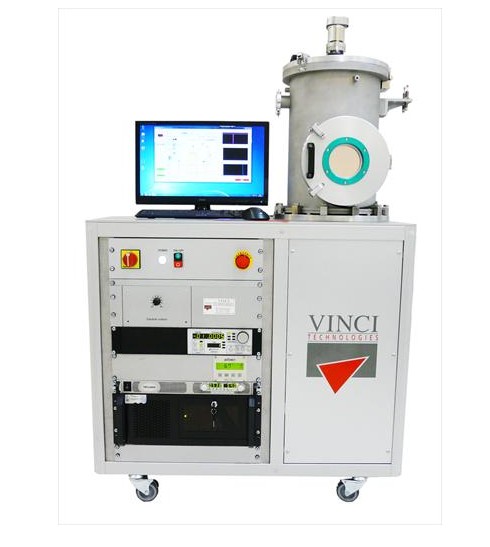Thermal evaporation is a physical vapor deposition (PVD) technique used to deposit thin films of materials onto a substrate. In thermal evaporation, a material is heated in a vacuum chamber until it reaches its evaporation temperature, at which point it vaporizes and condenses onto the substrate to form a thin film. The substrate is typically held at a lower temperature to prevent it from melting or reacting with the vaporized material. Thermal evaporation is commonly used for depositing metals and other materials, including oxides, nitrides, and organic materials, for a wide range of applications, such as in the production of electronic devices, optical coatings, and decorative finishes. The process can be controlled to deposit thin films with precise thickness, uniformity, and composition, depending on the material and process conditions. The advantages of thermal evaporation include its simplicity, versatility, and compatibility with a wide range of materials and substrates.
Phone
+91-9310249352 / +91-8605504814
+91-9310249352 / +91-8605504814
Thermal Evaporation

